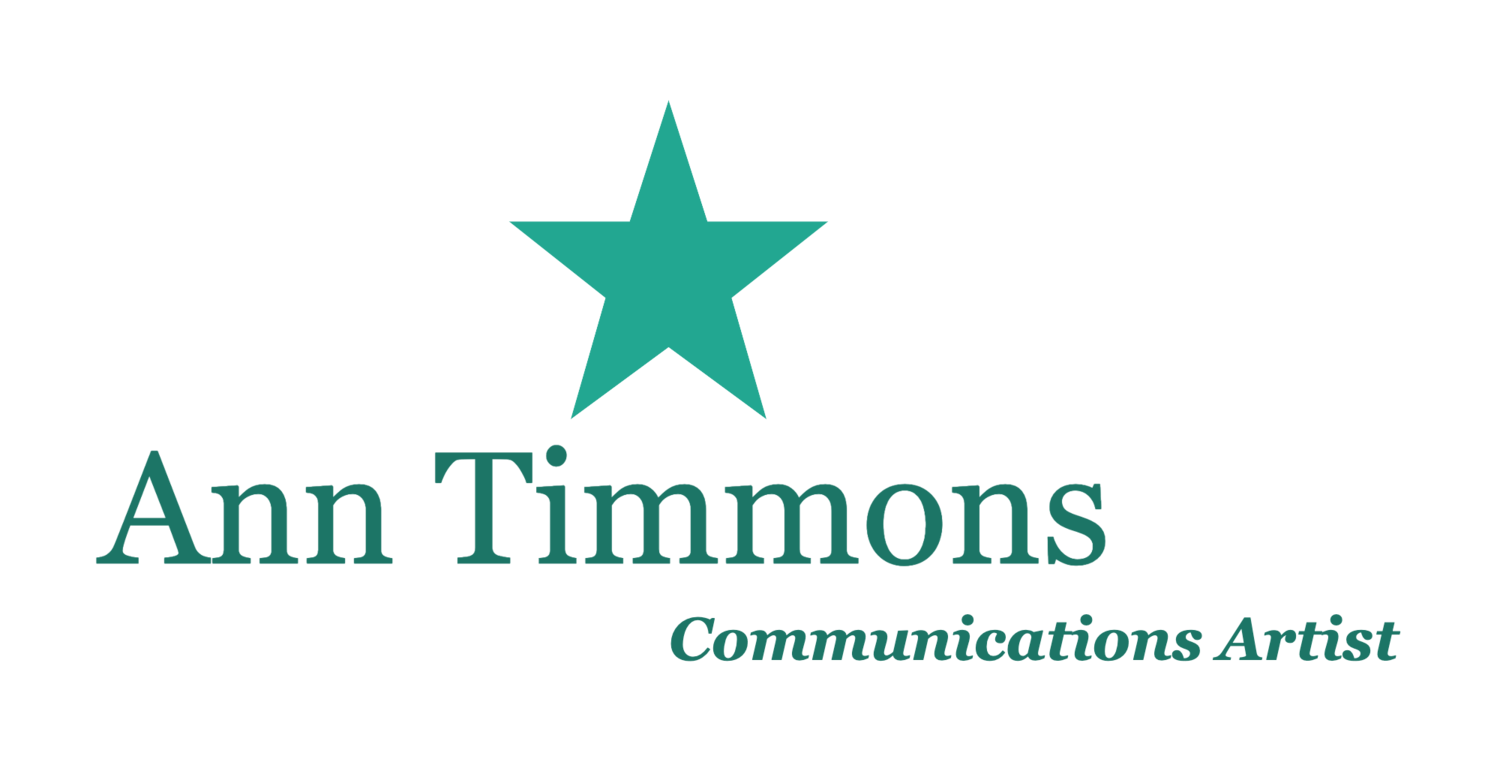My favorite personal fitness trainer, Leo Biette-Timmons
has tips for getting more movement into your life!
I recently watched the Oscar-winning movie CODA, which is a wonderful film. I highly recommend it: see it if you haven't.
At one point in the story (I'll try to avoid spoilers), the central character, Ruby, finds herself singing alone onstage, very much in the spotlight, under a fair amount of stress. She begins so badly that her accompanist bungles a chord so they can start again. Ruby takes a deep breath and tentatively begins. Soon, however, she is singing with her fingers, signing the lyrics to Both Sides Now. And she comes alive!
This underscores the theme, of course. Ruby is caught between a desire to pursue her dream of singing and the duty and devotion she feels to stay with her deaf family. But this action of signing her song illustrates a universal truth about communication. Relying solely on sound to communicate (words, lyrics) only delivers part of your message. In order to share its full value, you need to feel it in your body - to embody your message. Watching deaf actors sign in this movie really makes that point! They engage their whole physical selves, and even if we don't understand verbatim, we know what they are saying. When we add physical energy to our words, our message is stronger. And freer. Anyone who watches little kids perform in school or church choir knows that if you give them props (palm fronds to wave on Palm Sunday, for instance) they stop being shy and self-conscious. And they fully engage in the "now."
One of my clients recently had a lightbulb moment when he stood up during a radio interview. He found his energy flowed better, as did his speaking, Using your whole body— instead of feeling stuck in one spot, disconnected from your physical instrument — can make a world of difference not only in how you deliver your message, but in how it is received. If you embody your message, you automatically connect with your listeners and conversation partners.
So look alive! BE alive! Get your body into it!






















